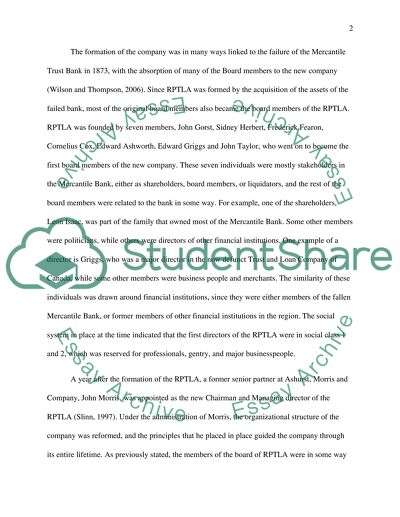Cite this document
(River Plate Trust and Agency Company Essay Example | Topics and Well Written Essays - 2000 words, n.d.)
River Plate Trust and Agency Company Essay Example | Topics and Well Written Essays - 2000 words. Retrieved from https://studentshare.org/finance-accounting/1439164-river-plate-trust-loan-agency-coltd
River Plate Trust and Agency Company Essay Example | Topics and Well Written Essays - 2000 words. Retrieved from https://studentshare.org/finance-accounting/1439164-river-plate-trust-loan-agency-coltd
(River Plate Trust and Agency Company Essay Example | Topics and Well Written Essays - 2000 Words)
River Plate Trust and Agency Company Essay Example | Topics and Well Written Essays - 2000 Words. https://studentshare.org/finance-accounting/1439164-river-plate-trust-loan-agency-coltd.
River Plate Trust and Agency Company Essay Example | Topics and Well Written Essays - 2000 Words. https://studentshare.org/finance-accounting/1439164-river-plate-trust-loan-agency-coltd.
“River Plate Trust and Agency Company Essay Example | Topics and Well Written Essays - 2000 Words”, n.d. https://studentshare.org/finance-accounting/1439164-river-plate-trust-loan-agency-coltd.


